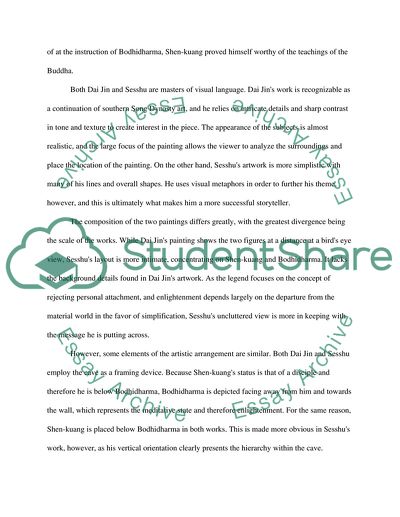Cite this document
(“Survey of Asian Art: Later Traditions Term Paper”, n.d.)
Survey of Asian Art: Later Traditions Term Paper. Retrieved from https://studentshare.org/miscellaneous/1560741-survey-of-asian-art-later-traditions
Survey of Asian Art: Later Traditions Term Paper. Retrieved from https://studentshare.org/miscellaneous/1560741-survey-of-asian-art-later-traditions
(Survey of Asian Art: Later Traditions Term Paper)
Survey of Asian Art: Later Traditions Term Paper. https://studentshare.org/miscellaneous/1560741-survey-of-asian-art-later-traditions.
Survey of Asian Art: Later Traditions Term Paper. https://studentshare.org/miscellaneous/1560741-survey-of-asian-art-later-traditions.
“Survey of Asian Art: Later Traditions Term Paper”, n.d. https://studentshare.org/miscellaneous/1560741-survey-of-asian-art-later-traditions.


